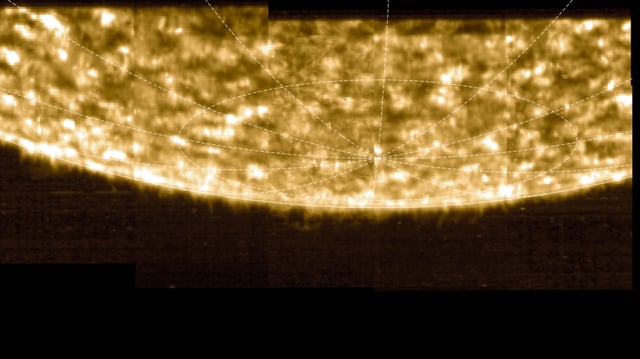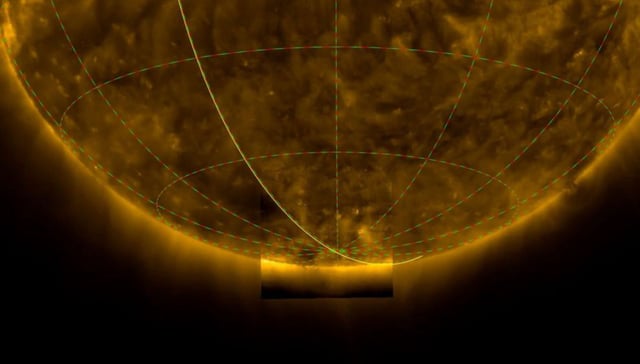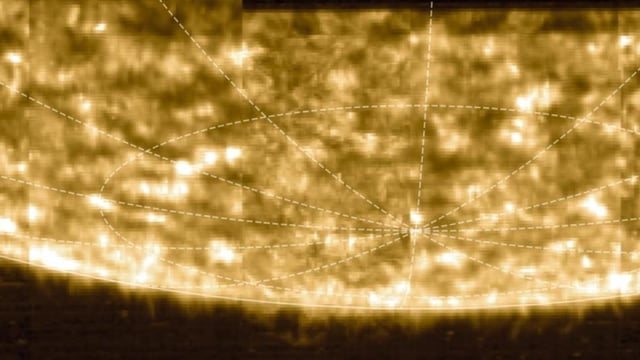Overview
- After a February Venus flyby, the probe achieved a 17° tilt below the solar equator, enabling its first direct glimpses of the poles.
- Onboard instruments PHI, EUI and SPICE recorded visible, ultraviolet and spectroscopic observations to map magnetic fields, coronal structures and atmospheric layers.
- The south pole’s magnetic field displays intertwined positive and negative polarities, illustrating turbulence at the height of the solar maximum.
- Researchers anticipate the magnetic chaos to subside and reorder over the next five to six years as the Sun heads toward its activity minimum.
- Scheduled to reach 24° inclination in early 2027 and up to 33° by 2029, the probe will deliver sharper pole-to-pole views and enhance solar storm forecasting.


